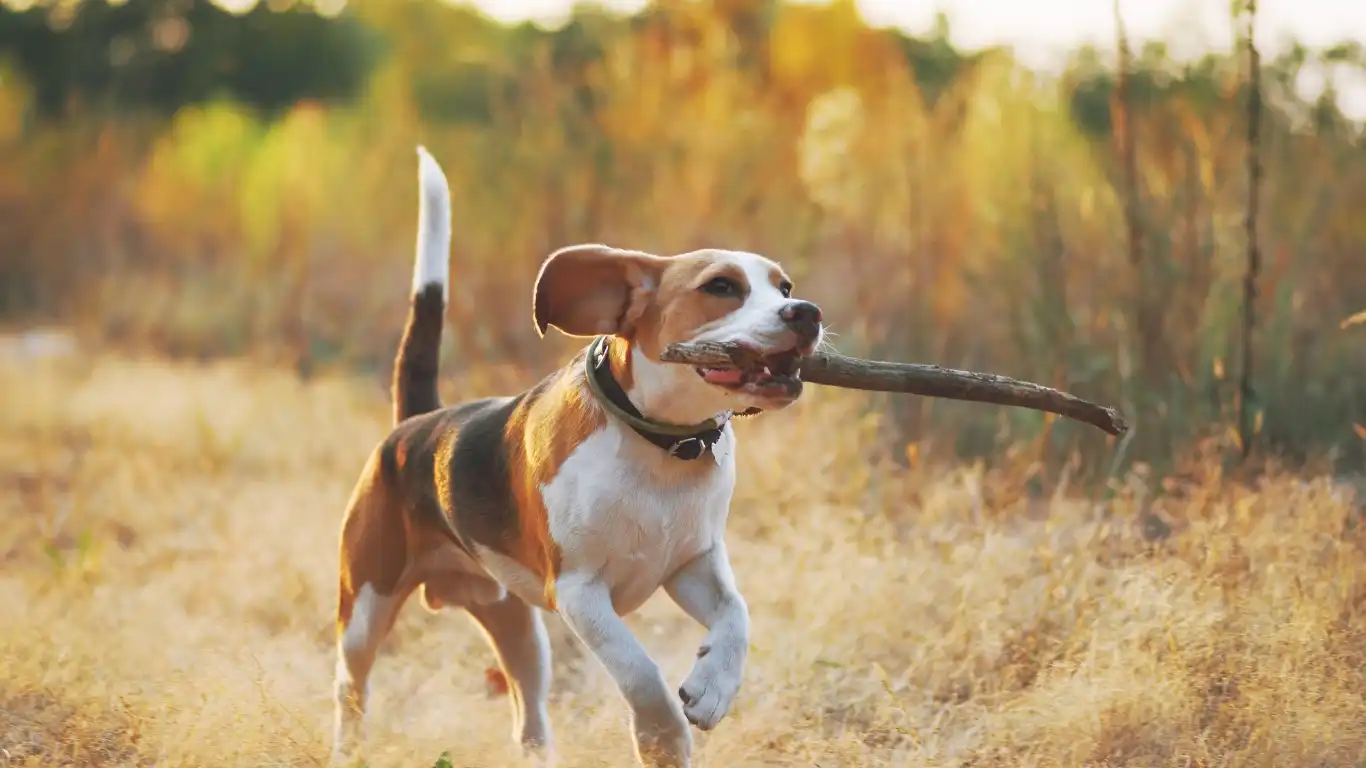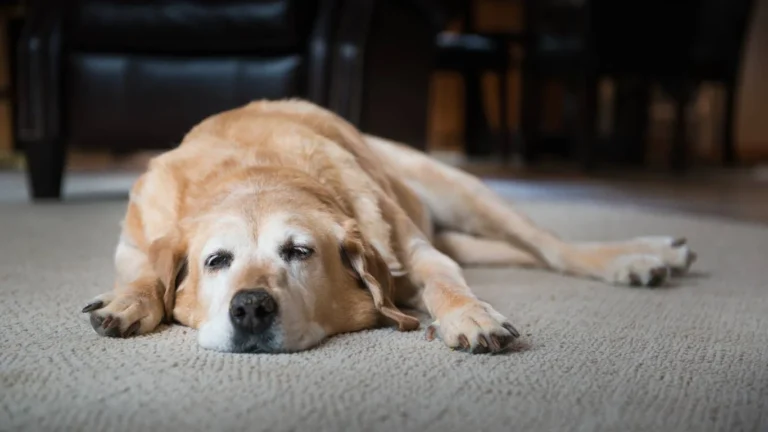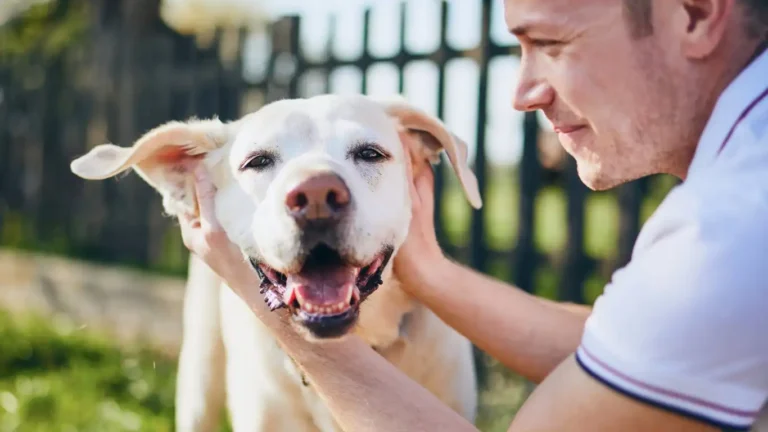Transform Your Senior Dog’s Life with This Cozy Resting Area Guide
If you’ve ever had an older dog in your life, you know how much they appreciate a good snooze spot. As a vet tech specializing in pet nutrition, I’ve worked with so many senior pups over the years, and let me tell you—*knowing how to create a comfortable resting area for older dogs* is one of the most underrated ways to support their overall well-being. From achy joints to sensory decline, our aging companions have different needs than their younger selves, and it’s our job to meet them with love, patience, and just a little bit of creativity.
Understanding the Needs of Senior Dogs
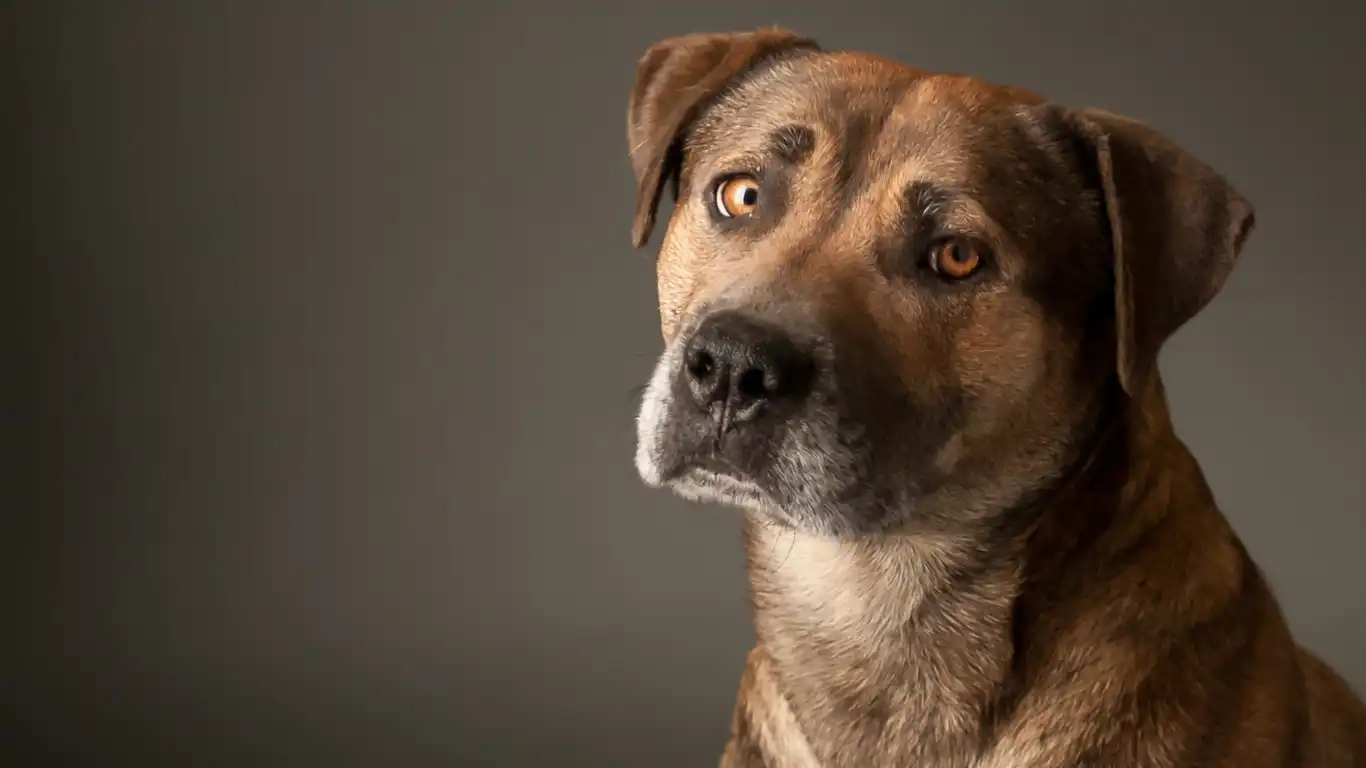
Why Comfort Matters More as They Age
Older dogs often suffer from arthritis, hip dysplasia, or just general muscle stiffness. I’ve had countless clients come in worried about their dog’s sudden restlessness or reluctance to lie down—and most of the time, it wasn’t a behavioral issue. It was discomfort. The right resting area can make a huge difference in how your dog sleeps, recovers, and even interacts with your household.
Signs Your Dog Might Need a Better Resting Area
- Frequent shifting or inability to settle down
- Reluctance to lie on hard surfaces
- Stiffness or limping after naps
- Increased anxiety or vocalization at night
These red flags are often overlooked, but they’re your pup’s way of saying, “Hey, I need a little help here.”
Choosing the Right Bed for Aging Pups

Orthopedic Beds: Not Just a Buzzword
I’m a big fan of orthopedic beds with memory foam. They offer targeted joint support and evenly distribute your dog’s weight to relieve pressure points. Think of it like upgrading from a basic mattress to a top-tier one—your pup feels the difference. Especially for large breeds like Labs or Shepherds, this can dramatically improve mobility and rest quality.
Low-Profile Designs for Easy Access
Let’s be real: most older dogs aren’t jumping up on couches anymore. Look for beds with low sides or no bolsters so they can easily walk on and off without strain. Bonus points for non-slip bottoms if you’ve got tile or wood floors!
Washable Covers Are a Must
Older dogs can sometimes have accidents or skin conditions that require frequent cleaning. I always recommend machine-washable covers—ideally ones that zip off easily without a fight. Trust me, your future self (and your nose) will thank you.
Location, Location, Location: Where to Set Up the Rest Zone

Choose a Quiet, Draft-Free Area
Senior dogs tend to be more sensitive to cold, noise, and disruptions. The best resting areas are quiet, cozy corners where they won’t be stepped over or startled. Avoid areas near drafty windows or direct heat sources like radiators.
Keep It Close to Family
That said, don’t isolate them. Dogs are pack animals—even older ones who sleep 18 hours a day still want to be near their humans. I often suggest placing their bed near the family’s common area, so they feel included but undisturbed.
Multiple Rest Zones Can Help
In my house, we’ve got a few comfy “landing spots” for our 12-year-old beagle mix, Daisy. One in the living room, another in our bedroom, and even a sunny spot by the patio door. She rotates through them like she’s on vacation. It might seem like overkill, but honestly? It’s made a noticeable difference in her mood and mobility.
Temperature Control and Seasonal Adjustments
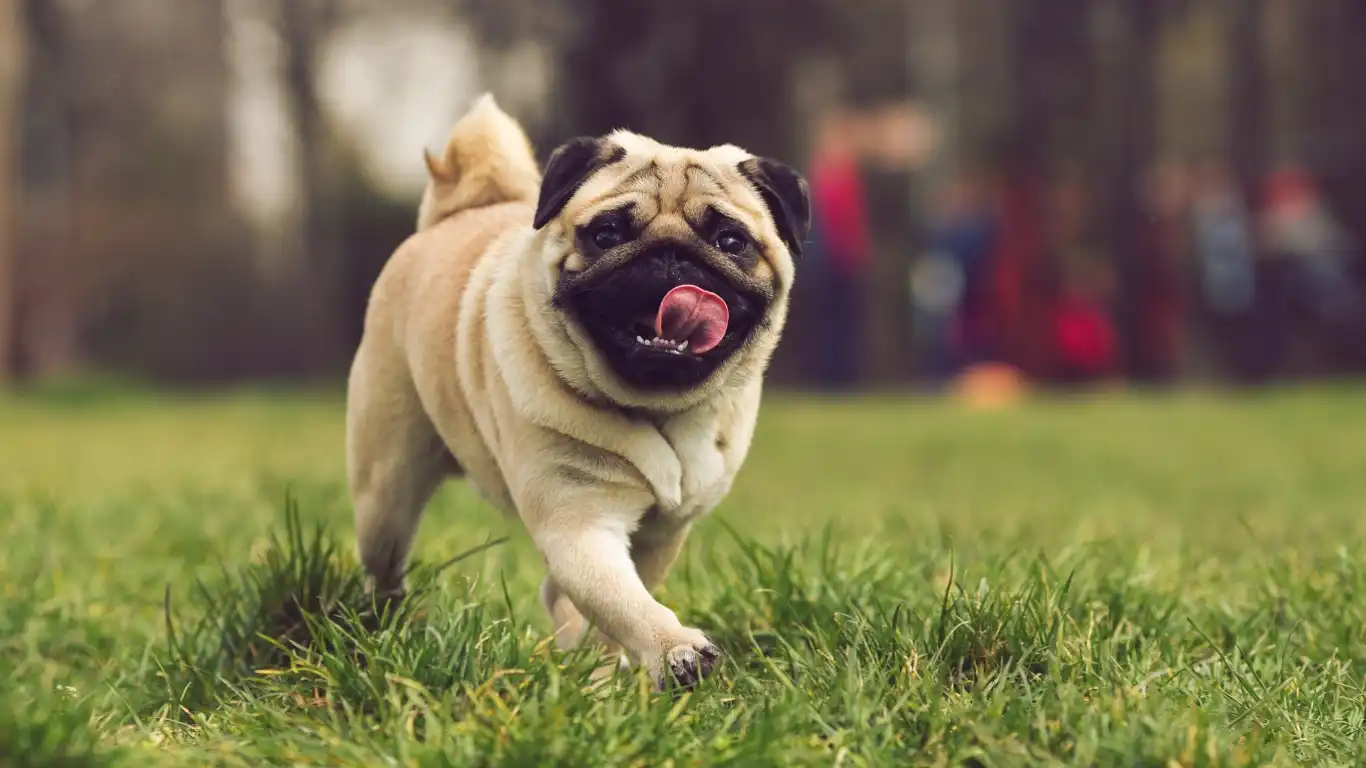
Keeping It Cozy in Cold Weather
As dogs age, they tend to lose the ability to regulate body temperature as efficiently. I’ve had many pet parents come in during winter months saying their older dog seems more lethargic or even a little down. Nine times out of ten, it’s simply because they’re cold! In our clinic, we always remind folks that warmth is wellness for senior dogs.
Consider layering their bed with a fleece blanket or using a self-warming mat. Heated pet pads are great, but only when used with caution—always monitor use and avoid leaving them on unsupervised for long periods.
Cooling Options for Warmer Months
Hot weather can be equally brutal for older pups. Dogs don’t sweat like we do, and seniors are especially vulnerable to overheating. I usually recommend gel cooling mats or placing their bed in a shaded, well-ventilated area. A fan nearby (but not directly blowing on them) can also help, especially during peak summer heat.
Supportive Extras to Boost Comfort
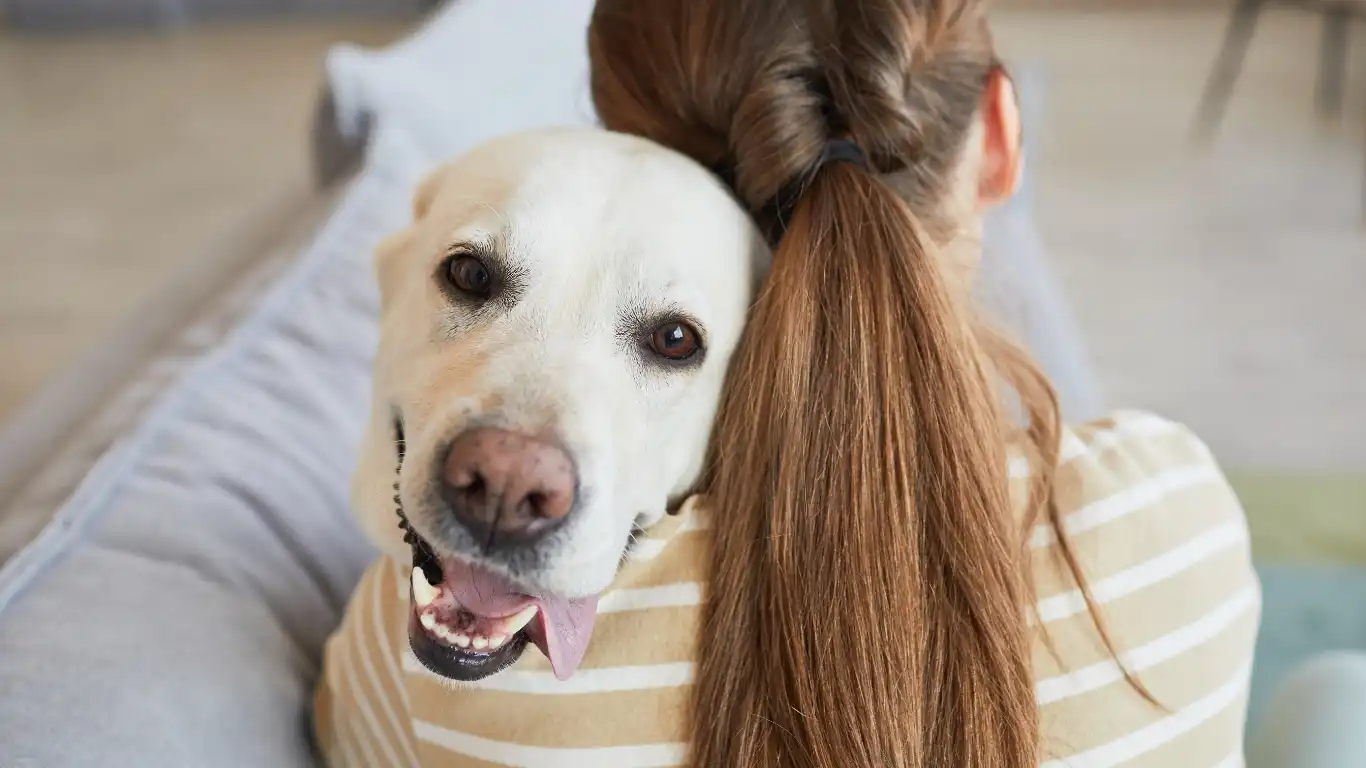
Ramps and Steps for Easier Access
This is something I’ve personally found a game-changer. My old dachshund, Benny, loved his window perch but couldn’t make the leap anymore. We added a small ramp, and boom—independence restored. Whether it’s getting onto a favorite couch spot or into bed with you, ramps and pet stairs reduce the strain on joints and help maintain confidence.
Raised Bowls Near Resting Areas
Sounds like a minor detail, but elevated food and water bowls placed near their bed can encourage hydration and reduce neck strain. Older dogs often eat less or drink sporadically, and this tiny tweak can make mealtimes more inviting. Keep the area tidy and slip-proof with a mat underneath.
Vision can deteriorate with age, and it’s not uncommon for senior dogs to become a bit disoriented in the dark. I’ve seen some amazing results just from adding a gentle night light in their rest zone. It helps them find their way to their bed (and to you!) without bumping into furniture or getting confused. It’s such a simple fix with a big impact.
Creating a Calm Atmosphere

Noise Control Is Key
Older dogs can become more sensitive to loud noises or high activity levels. If your home is a little chaotic (like mine sometimes is—kids, TV, blender going all at once), try to set up their resting area away from all that hustle. Use soft rugs or foam tiles nearby to help absorb noise and reduce echo. I even had a client once install sound-dampening panels for her anxious senior greyhound—it worked wonders.
Soothing Scents Can Help Relax Them
One of my favorite little tricks: using calming dog-safe scents like lavender or chamomile in the resting area. There are sprays specifically made for pets (never use essential oils directly—some can be toxic). It’s subtle, but just enough to help them settle, especially for dogs that tend to pace or whine at night.
Personal Items for Familiarity
Don’t underestimate the power of scent and familiarity. A favorite old toy, a blanket that smells like you, or even one of your worn t-shirts can add a sense of comfort. I’ve recommended this to dozens of clients over the years, and it’s often the little touch that makes a dog finally exhale and relax in their new setup.
Routine Cleaning and Hygiene

Keep It Fresh—They’ll Feel the Difference
Let’s face it, older dogs can be a little smellier. And with possible incontinence issues or skin conditions, cleanliness becomes non-negotiable. I always suggest having two sets of washable covers on rotation, so there’s always a fresh one ready to go. Vacuum around the rest zone regularly too—dust and dander can irritate aging lungs.
Check the Bed’s Condition Regularly
Even the best beds wear down over time. Flattened foam doesn’t do much for sore hips. Give the bed a once-over every few weeks and fluff or replace the insert as needed. Some beds allow you to purchase replacement foam inserts without tossing the whole thing. That’s budget-friendly and eco-smart, too.
Monitoring Behavior and Adjusting Over Time
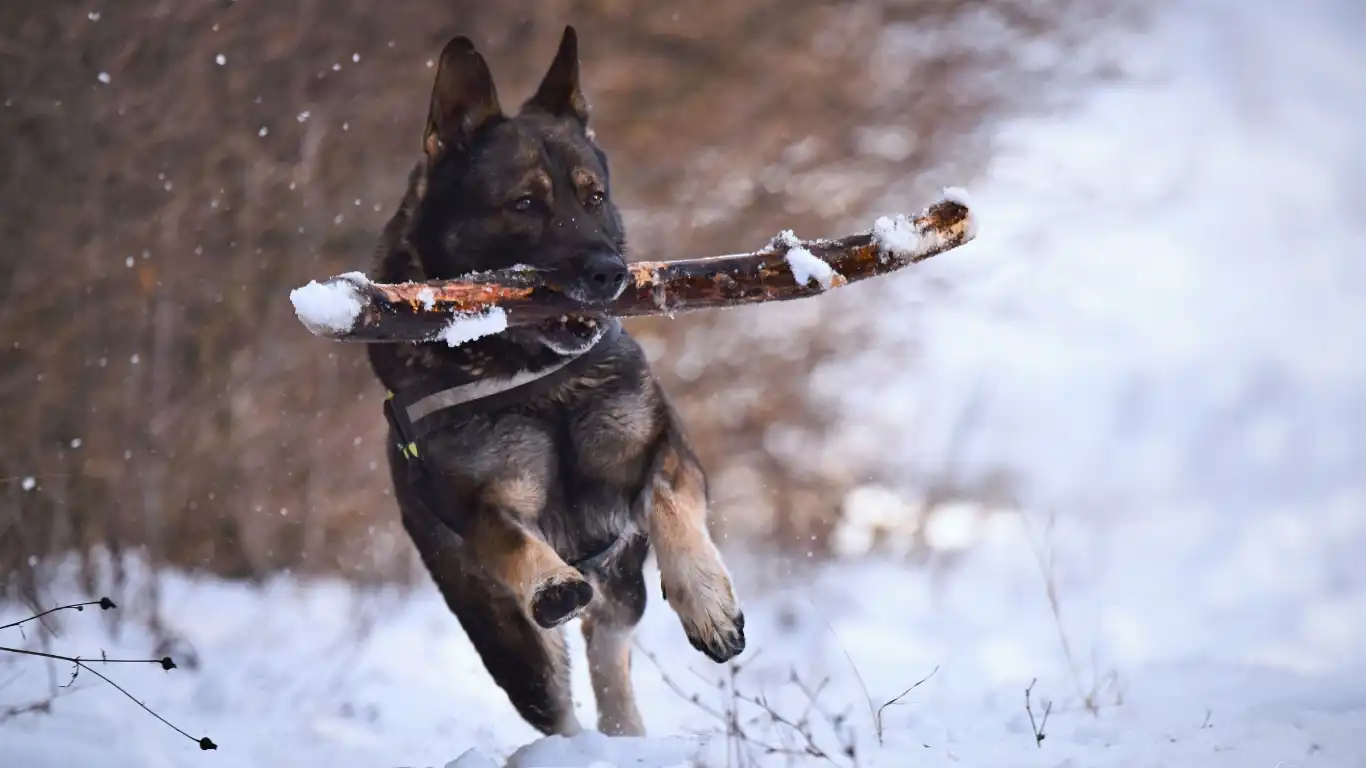
Let Your Dog Guide the Way
Something I always tell my clients—*your dog will show you what they need*. You just have to be observant. If they suddenly stop using the bed they loved for months, it could be too firm, too soft, too hot, or just placed in the wrong spot now. With senior dogs, things change more quickly than you’d expect.
When my golden retriever, Max, turned 13, he went from loving his spot by the sunny window to choosing a shaded corner of the dining room. At first, I didn’t get it, but after watching closely, I realized the sun was overheating him and that the other spot had less foot traffic. Trust your instincts, but also trust theirs.
Mobility and Pain Management Support
Comfort isn’t just about plush beds—it’s also about reducing pain and helping mobility. Talk to your vet about joint supplements, especially glucosamine and chondroitin. I’ve seen real improvements in dogs who start a good quality supplement early. And yes, your resting area plays a big role too. Soft, orthopedic bedding combined with good pain support can really extend their comfort and activity levels.
When to Seek Professional Advice
If your dog is restless even in a thoughtfully arranged rest zone, don’t wait too long to get it checked out. Chronic discomfort might be more than just aging bones—it could be cognitive dysfunction, hidden pain, or even anxiety. Work with your vet or a veterinary behaviorist to rule out medical issues and tweak the environment as needed.
Creating Emotional Comfort Through Routine and Connection

Establish Predictability
Older dogs thrive on routine. I’ve seen it time and time again—keeping their sleep, feeding, and potty schedule consistent helps reduce confusion and stress. Their rest area should also be a consistent element in that routine. Resist the urge to keep changing things around unless it’s absolutely necessary.
Incorporate Gentle Bonding Time
One thing I absolutely love doing with my senior patients is introducing gentle touch or massage therapy. A few minutes of soft petting before bedtime can really help them unwind. You don’t need to be a pro—just some light circular motions around the shoulders or hips, where arthritis tends to settle. Not only does this make them feel safe, it also gives you a chance to check for new lumps, sore spots, or skin issues.
Peace of Mind for You = Comfort for Them
Let’s be real—caring for an aging dog comes with a mix of emotions. You want to give them everything, but it can be tough figuring it all out. Creating a comfortable resting area for older dogs is a beautiful act of love. It’s not about having the fanciest bed or perfect Instagram-worthy setup. It’s about knowing your dog, listening to their body language, and adjusting as needed.
Final Tips to Keep Their Rest Zone Cozy and Safe
Safety Checklist
- No sharp furniture edges nearby
- Non-slip rugs or mats under and around the bed
- Keep toys and bowls out of walking paths
- Ensure cables or cords are out of reach
Stay Flexible and Keep Learning
Don’t be afraid to experiment. What works one month might need tweaking the next. I’ve had dogs who hated one kind of bed but loved a pile of old towels and a heated pad. Or those who preferred the hallway over a plush cushion. Be willing to shift things around, try new setups, and even ask your vet for environmental enrichment tips tailored to seniors.
References
- American Veterinary Medical Association (AVMA)
- American Gastroenterological Association
- American Society for the Prevention of Cruelty to Animals (ASPCA)
- American Kennel Club (AKC)
Disclaimer
This article is based on personal experience as a veterinary technician/nurse with a focus on canine nutrition and senior care. It is intended for informational purposes only and should not replace professional veterinary advice. Always consult your veterinarian before making significant changes to your dog’s care routine or environment.
